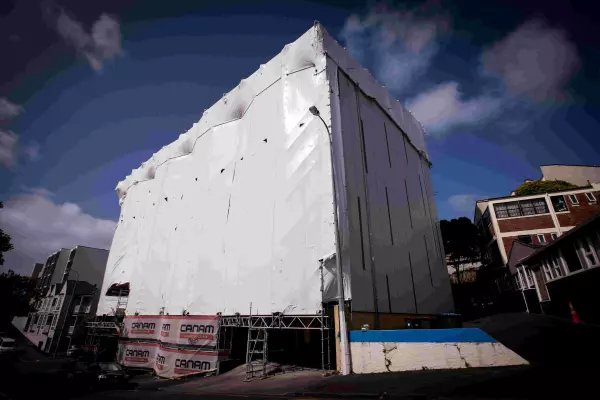The government has been warned to expect a rising level of insolvencies as covid inspired leniency from creditors evaporates.
Recently released Cabinet papers around the government’s decision late last year to extend the business debt hibernation scheme show the low levels of liquidations in 2020 confounded officials’ expectations.
The record 12.2 percent GDP drop in the June quarter would ordinarily expect to be accompanied by an “increase in the number of liquidations, however the number of liquidations in the same period was lower than in the previous year,” the paper advised.
Officials said it was not possible to be certain, but believed this was a combination of the following:
- Tax debt is the most significant driver of insolvency in New Zealand, but Inland Revenue has been giving businesses that temporarily find themselves insolvent, more time and assistance to restructure their affairs.
- Larger creditors, such as banks, do not currently wish to be seen to take the first step against smaller businesses for reputational reasons.
- There had been practical difficulties with taking enforcement actions through the High Court while the country, or parts of the country, have been at alert levels 3 and 4.
- Government support measures, such as the small businesses cashflow loan scheme and wage subsidy had given many businesses short term liquidity and reduced the pressure on creditors which increased their tolerance for late payment by debtors.
“We do not expect the degree of creditor restraint to continue. In addition, some government support measures have ended or will end soon,” officials said.
Ministers agreed to extend the debt hibernation scheme until Oct. 31 with officials advising: “We do not consider that extending the date businesses can access the scheme will have a detrimental effect on the creditors of businesses that may use it, as a business cannot remain in debt hibernation for more than a month without the consent of a majority (by both number and value) of its creditors. This provides a significant constraint against the misuse of the scheme.”
Officials said businesses can also only enter the scheme if they are satisfied with their ongoing liquidity beyond the scheme period. “For this reason, BDH will not necessarily materially delay payment to creditors and can act as a useful alternative to the liquidation process.”
In late December, BusinessDesk reported only 15 entities had successfully frozen their debt for six months, although 43 applied to do so. The low success rate was largely due to businesses being unable to get their creditors to agree to the six-month term.
In 2020, monthly liquidator appointment figures show total liquidations reached 222 and 247 in August and September respectively, then halved to 115 in October and 119 in November.
In February 2020, there were 228 liquidation applications and 57 of these were from IRD, but bids by the tax department to liquidate companies were in single figures each month since August.















